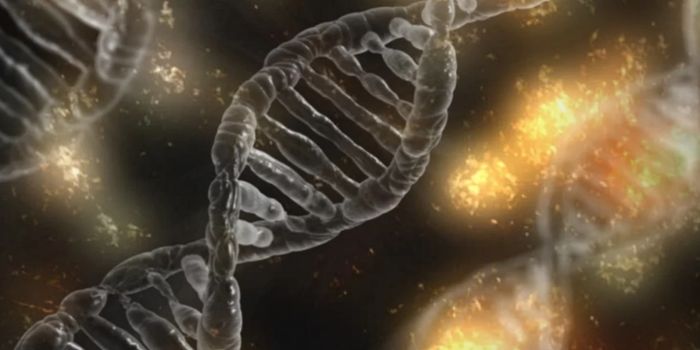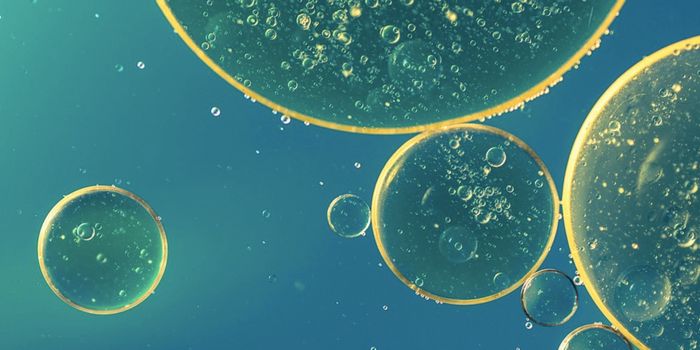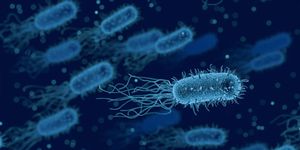Gene Activity in the Human Embryo Begins Earlier Than Thought
When a sperm and egg cell meet, the egg divides into two new cells, which then divides again into four. It has been thought that gene activity starts in human embryos when they are made up of about four to eight cells, which is about two or three days after fertilization happens. Until then, transcripts that are present in the sperm and egg cell can stick around to do the necessary work. But researchers have now found that gene activity begins when there is still just a single fertilized cell. The findings have been reported in Cell Stem Cell.
In this study, the researchers analyzed gene expression at the single cell level by assessing the RNA transcripts that were present in a fertilized cell. Active genes are transcribed by the cell into RNA molecules, which are typically used to generate proteins, though some RNA has regulatory functions. The work indicated that hundreds of genes are turned on in one-cell embryos, but there is not very much happening. RNA can be challenging to isolate from a cell, especially when there is not very much of it to begin with, which may be why scientists thought that no genes were active at that stage.
Cutting-edge technology was used in this research, revealing the smallest of changes in the cell. But while small, those first active genes may be crucial.
We all pass through the one-celled embryo stage, noted study co-leader Professor Tony Perry of the University of Bath. "Without genome awakening, development fails, so it's a fundamental step."
The scientists found that genes that are active in one-cell embryos stay on through the four- to eight-cell stage, then they're turned off.
"It looks as if there is a sort of genetic shift-work in early embryos: the first shift starts soon after fertilization, in one-cell embryos, and a second shift takes over at the eight-cell stage," Perry suggested.
Scientists now have more to learn about those earliest stages of development, and how they may relate to human biology and disease. While some of the genes that are expressed in one-cell embryos were unsurprising and expected to have developmental functions, the purpose of others are still a mystery, and show that we still have more to learn. The researchers also want to find out what starts this gene activity.
It's thought that the egg cell stimulates gene expression, and now that the researchers have identified genes that are involved, they can investigate further, noted Perry.
While nonviable cells were used in this research, the scientists suggested that they are functional models for gene activation at the one-cell state, and serve as an accurate model system.
Sources: University of Bath, Cell Stem Cell









